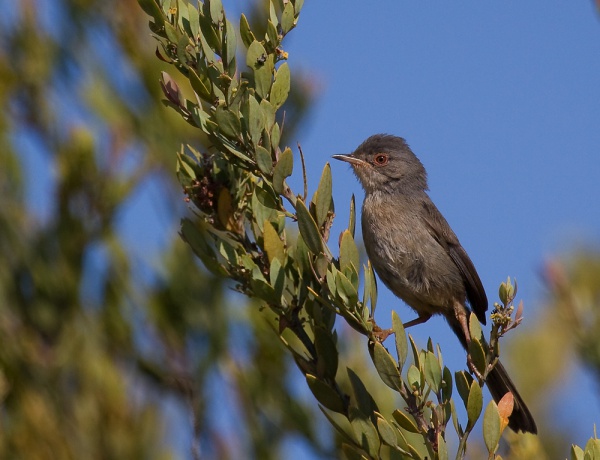Facts About Dartford warbler
The Dartford warbler is an endearing small bird that thrives in the warmer regions of Western Europe and Northwestern Africa. Males and females exhibit distinct plumages: males feature grey-brown upperparts and a reddish-brown underbelly, while females are slightly paler. This species typically ranges from southern England to Italy and generally remains within its breeding areas year-round.
This bird was first described by Thomas Pennant and was assigned the scientific name *Motacilla undata* by Pieter Boddaert in 1783. The Dartford warbler is believed to form a superspecies with Tristram's warbler and bears a striking resemblance to the wrentit due to convergent evolution. There are three recognized subspecies of the Dartford warbler.
Dartford warblers are small passerines with long tails, which help them blend into their heathland habitats. They construct their nests in common gorse or heather and primarily feed on insects such as caterpillars, butterflies, beetles, and spiders.
Historically, the Dartford warbler population has been adversely affected by severe winters and droughts, impacting their breeding success. Nonetheless, they have demonstrated resilience, bouncing back when conditions improve. In 2012, the estimated total population ranged between 1.1 and 2.5 million breeding pairs, with Spain hosting the largest numbers. Due to ongoing habitat loss, the Dartford warbler is classified as Near Threatened by the IUCN.
In the UK, these birds have experienced a remarkable recovery since the harsh winter of 1962/1963, with over 2,500 pairs recorded in 2006. The UK population is expected to continue growing, but climate change projections suggest that much of their European range may become unsuitable by 2080. As numbers decline in southern Europe, conserving this species in the UK becomes increasingly critical.

 Ireland
Ireland